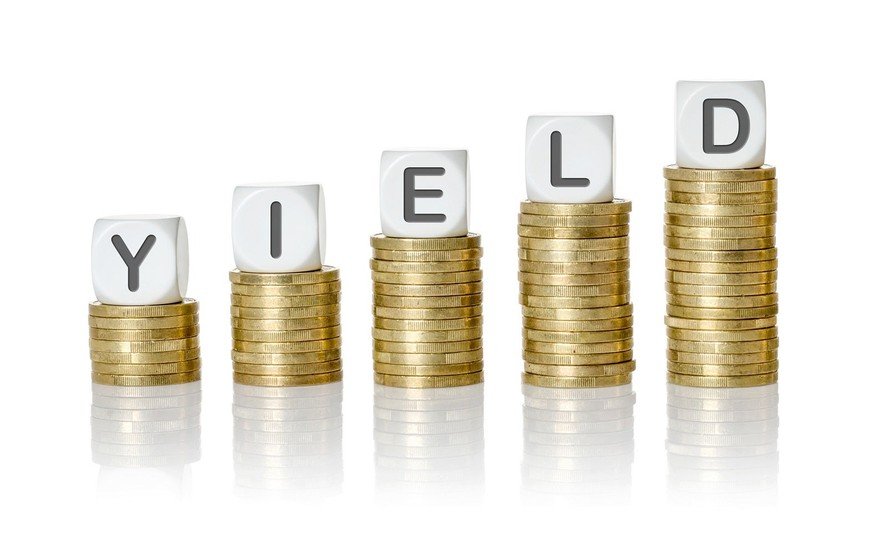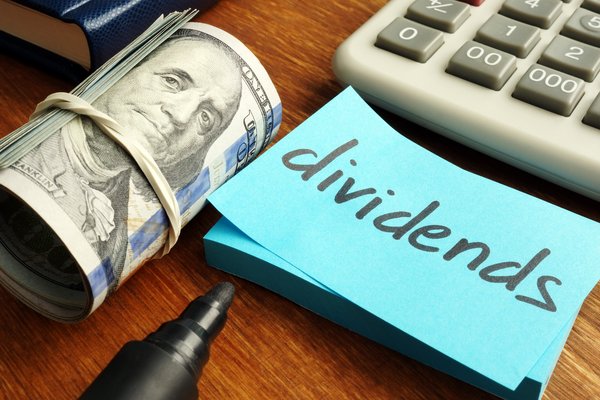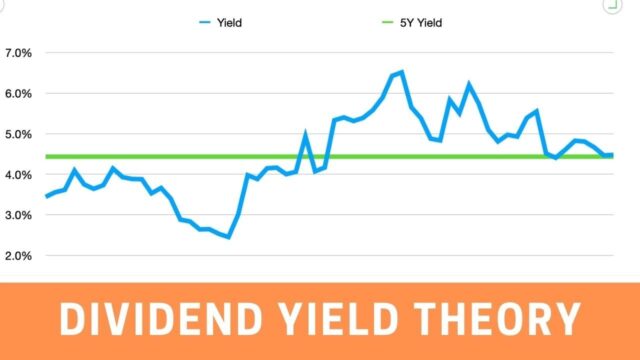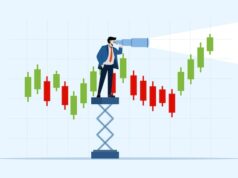When investors hear the term high dividend yield, visions of financial stability and passive income often dance in their heads. After all, who wouldn’t want to bolster their returns while enjoying the relative safety of regular payouts? However, the alluring prospect of robust dividends can sometimes obscure a more complicated reality.
Beneath the surface of these generous yields lies a tapestry woven with risk, volatility, and hidden consequences. What many are not told is that a high dividend yield can be a double-edged sword, signaling both opportunity and potential peril.
In this exploration of high dividend yields, we will uncover the nuances often overlooked, scrutinizing the fine print behind those enticing numbers and revealing the risks that could sideline your investment strategy. So, fasten your seatbelt as we navigate the treacherous yet thrilling waters of dividend investing, where the truth is as multifaceted as the market itself.
What is a Dividend Yield?

Dividend yield is a crucial financial metric that investors often turn to when assessing the attractiveness of a stock’s potential return. Simply put, it represents the annual dividend payment a company provides to its shareholders, expressed as a percentage of its current stock price.
For instance, if a company offers an annual dividend of $1 per share and its stock is valued at $20, the dividend yield would be 5%. This figure can serve as a beacon, guiding investors toward income-generating opportunities, especially as they navigate the turbulent waters of the stock market.
However, relying solely on this metric can be misleading; a high yield may signal a company’s underlying struggles or unstable financial health. Therefore, while dividend yield provides valuable insights, especially when considering the world’s highest dividend stocks, it is essential to dig deeper and examine the broader financial picture before making investment decisions.
The Hidden Risks of High Dividend Yields

High dividend yields can be enticing, presenting an alluring promise of immediate returns. However, lurking beneath that glossy surface are hidden risks that often go unnoticed by eager investors.
A company boasting an exceptionally high yield may be waving a red flag; it could signal underlying financial troubles or an unsustainable payout ratio that might jeopardize future dividends. Investors might be tempted to chase these eye-catching yields, only to find that the company is compensating for dwindling growth prospects or mounting debt.
Furthermore, fluctuating market conditions can abruptly change the viability of those lofty payouts, leaving shareholders scrambling. Thus, while the appeal of high dividends can be strong, it’s essential to scrutinize the accompanying risks to avoid potential pitfalls that could erode your capital instead of enhancing it.
Beyond the Yield: A Comprehensive Investment Strategy
When navigating the intricate landscape of investments, it’s essential to look beyond the alluring allure of high dividend yields. Sure, those eye-catching percentages can seem enticing, almost irresistible, drawing you in like a moth to a flame.
But, as the old adage goes, “if it seems too good to be true, it probably is.” A sustainable investment strategy delves deeper; it evaluates the underlying health of a company, exploring it’s cash flow stability, growth potential, and market positioning, rather than fixating solely on the yield.
Diversification, risk assessment, and understanding the cyclical nature of dividends are all critical components. Thus, by weaving together these elements, investors can craft a more resilient portfolio that not only seeks immediate returns but also prepares for the unforeseen turns in the market.
After all, true investment mastery lies not just in maximizing profits but in ensuring longevity and adaptability in an ever-changing economic landscape.
Conclusion
In conclusion, while high dividend yields can be enticing for investors seeking immediate income, they often come with underlying risks that are not immediately apparent. It’s crucial to dig deeper and assess the company’s financial health, market conditions, and potential for sustainable growth before chasing after the allure of hefty payouts.
The world’s highest dividend stocks may shine brightly on the surface, but a closer examination may reveal potential pitfalls that could overshadow their seemingly attractive returns. Ultimately, informed decision-making and a focus on long-term investment strategies will serve investors far better than a blind pursuit of high yields.




